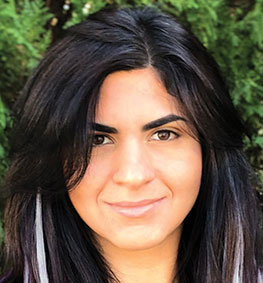
Maryam Sefati / Warner Bros.
Sefati started her animation career in 2004 in her native country of Iran. “It was a whole new fascinating world to me and I was eager to educate myself about anything animation related. I stayed up nights watching all the animated projects I could lay my hands on,” she says. “It was not easy to find good sources since Iran had sanctions in place, and in many cases foreign materials were banned.” More problematic was the lack of respect she garnered as a woman in the industry. With the support of her family, she and her husband moved to the U.S. in 2011 and she started studying visual development and illustration at the Academy of Art University in San Francisco. In 2014, she was hired for her first job at Warner Bros. and has worked at several other studios including Disney TV, Titmouse and Cartoon Network.
Why did you focus on background design?
When I started working, I said yes to different opportunities—3D modeling, compositing, visual effects, concept art…After a few years of exploring, I realized designing environments is what I am interested in. When you are designing a set or location you are setting the world, the base where the characters can come in and fill it.
How would you describe your job?
Sometimes we design environments, which reflect our world today, and sometimes we build a new imaginary world. With every show I work on, I get to experience the creativity of varied talented artists and I cannot find anything more joyful than that.
What does your day at work look like?
We are asked to design each episode in a week or two. We receive the handouts and storyboards from the production team and art director. They pass along to us what the show creators had in mind and they usually give us reference. The design process starts with doing quick sketches and going over them with the art director. After his or her approval, we will take that sketch to final render within the already established style of the show. Besides that, I always try to watch animation from all over the world. I am interested in how different artists approach their work and I want to experience their point of view of the world through the ways they express their thoughts and feelings.
What’s rewarding about your job?
Some locations are challenging because they do not exist in real life. To build these worlds, the design team must figure out the look in a limited amount of time. The process is exciting and I must say it can be stressful sometimes but it’s very rewarding when we hear back from our fans that not only did they notice the details of the environment but they liked it a lot.
Where do you get inspiration?
There are so many talented artists worldwide and thanks to the internet it’s easy to access their work. Mary Blair gave me faith and confidence that women can do a lot in animation even during a time when things were generally not on her side. She showed us how our artwork can be our power and how we can influence or environment with it.
What tips would you give an aspiring background artist?
To be curious and look around more. Go out and paint or draw what you see around you. It’s easy to lose touch with real life when we have to work indoors most of the day. Our environment and nature is the best source of inspiration. Be respectful to your co-workers and the artists around you. These are the people who are going to be with you more than your family and support you. And try to be flexible in your style while you are finding and exploring your own world.
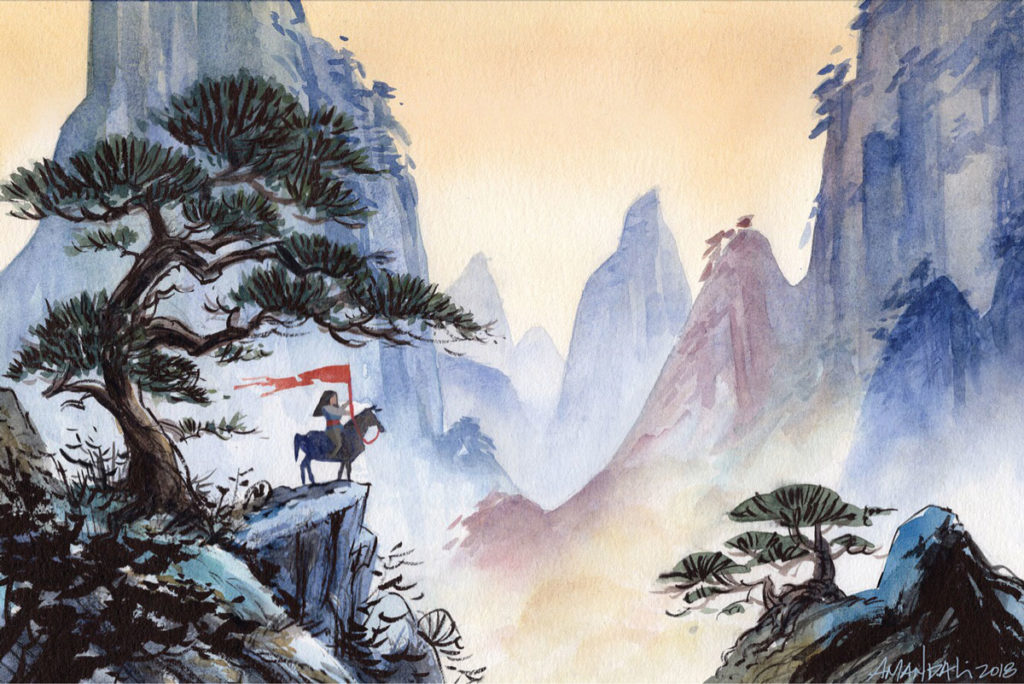 Amanda Li
Amanda Li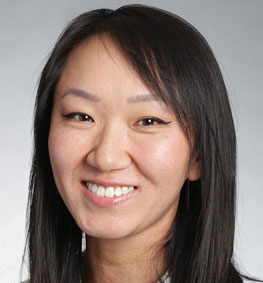
Amanda Li / Disney TV
Li’s degree in architecture from Penn State comes in handy as a background designer. After several years working as a junior architect she realized she was only enjoying the design and conceptual portion of the job. “I grew up drawing and had always enjoyed the visual arts so I moved to LA and began my transition into animation,” she says. “I gravitated to background design because I still love creating worlds and spaces.
How would you describe your job?
I currently work as a background designer on the show Rapunzel’s Tangled Adventure. My role is to design and create environments for the action of the characters and props to take place.
What does your typical day look like?
My typical day usually involves getting a list of scenes that I am responsible for from a specific episode. I prep the files by looking for reference and gathering any reusable assets. Sometimes, I have a conversation with my supervisor before I start on a new episode to make sure I understand the feel and direction of the story. Then I start roughing while keeping action, composition, and storytelling in mind. Finally, when I am happy with the rough lay in, I will clean it up and turn it in for approvals.
What is the best part of your job?
The best part is getting to be creative and flexing my design muscles and, of course, drawing everyday.
What are the biggest challenges?
The biggest challenge sometimes is burnout, if you work too much or the content you are working on gets monotonous. When working on 3D productions, the hardest part is always the turnarounds if the set is complicated.
Where do you get inspiration?
I get my inspiration from the world around me. I try to be perceptive anytime I go somewhere and make mental notes of things I find interesting—be it how people interact with architecture, details of how things are put together or new plants I find on a hiking trail.
What tips would you give an artist interested in your career?
You have to have a good handle on perspective and feel comfortable drawing multiple views. Secondly is getting a good handle on scale and putting things in an environment that looks believable relative to everything else. Sometimes, I recommend just playing in a modeling program like SketchUp so you can get your mind into the habit of viewing and mapping space in 3D. Drawing from life is always good practice and, of course, practice a lot.
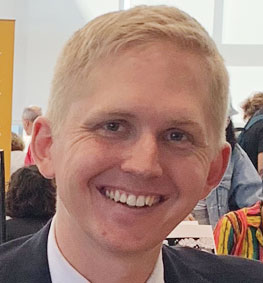
Ryan Cecil Smith / Cartoon Network
When Smith graduated from college with a fine art degree he wasn’t quite sure what to do with it so he took a day job and drew comics and zines on the side. It wasn’t until his mid- to late-20s that he discovered the animation industry in California. “I continued to make comics but with animation and film in mind, developed a more relevant portfolio and sent my work to artists and studios,” he says. “It was about five years before I finally got a full-time job in the industry, which I love.”
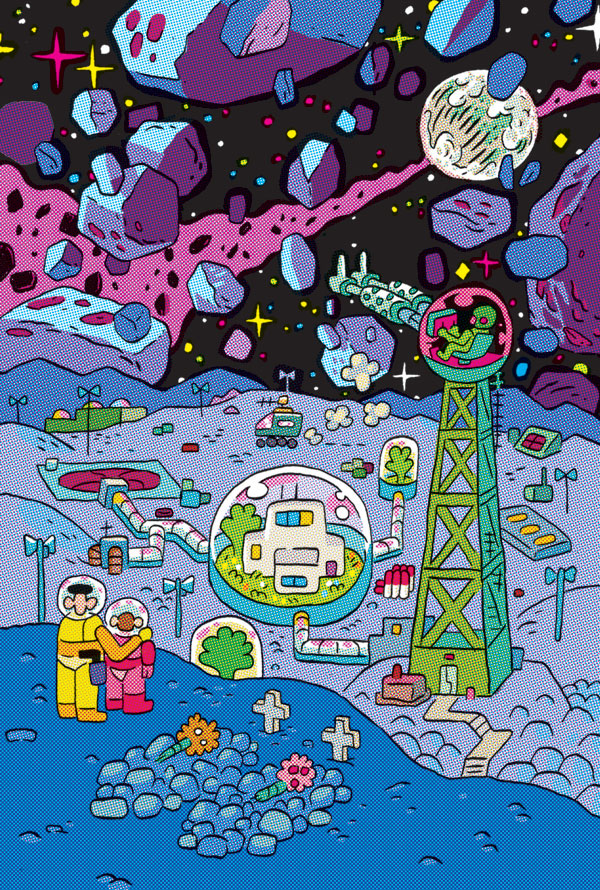 Ryan Cecil Smith
Ryan Cecil SmithTell us about your job.
I’m a background designer at Cartoon Network for OK K.O.! Let’s Be Heroes! Every week the design team is assigned a new episode. We work out what’s reusable and what are new designs, and basically have a week to create everything that’s needed. Sometimes I’m creating big new key environments, sometimes I’m doing single shots… it depends on what’s needed. It’s always different and fun.
Walk us through a typical day.
We operate on a weekly schedule, so on Monday I’ll have a handout meeting with my fellow BG designer and our art director, and then by Thursday and Friday we’ll turn everything in. On a typical day, I will have two to five backgrounds I need to get done. So I’ll gather reference shots from our animatic or previous episodes, compare sketches with other designers, and draw through the day. After we submit designs for approval we’ll have a notes meeting and we might have to address them at the beginning of the next week, as well.
What’s the biggest challenge?
This job is very fun and I love the challenges of creating new environments, dressing up spaces, and designing things so they can be re-used in multiple contexts. I love the whole process, including working with other designers and storyboarders. It’s good that on my show, we communicate with each other freely, and trust and respect each other. I suppose the most difficult challenge can be, frankly, [when] I have to design something that isn’t particularly interesting to me or might be sort of tedious… but, honestly, it’s just up to me to figure out how to have fun with it.
Where do you get inspiration?
I get inspiration from all over. In terms of design, I get excited by photography from the likes of Steve McCurry and Hannah Starkey, and I especially love manga from the ‘60’s and ‘70’s, and anime from the ‘80’s and ‘90’s.
Are there any tools you can’t live without?
I would be very sad if I couldn’t use cyan mechanical pencil lead for drawing comics.

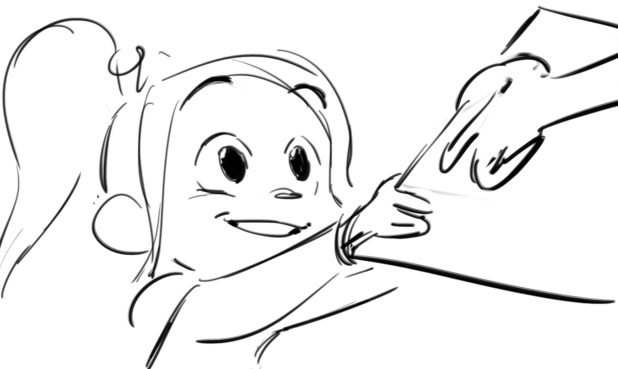
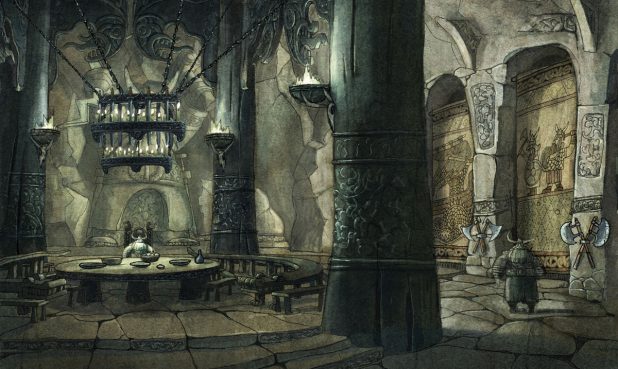
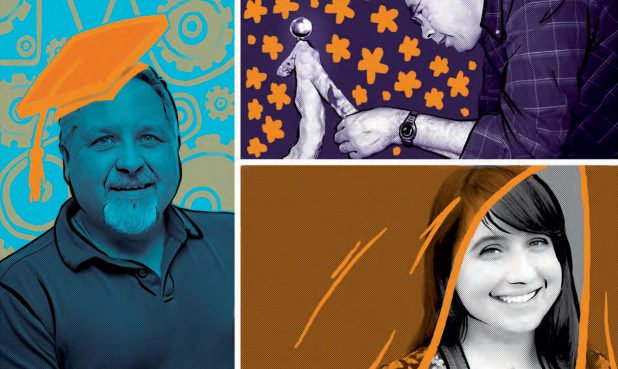
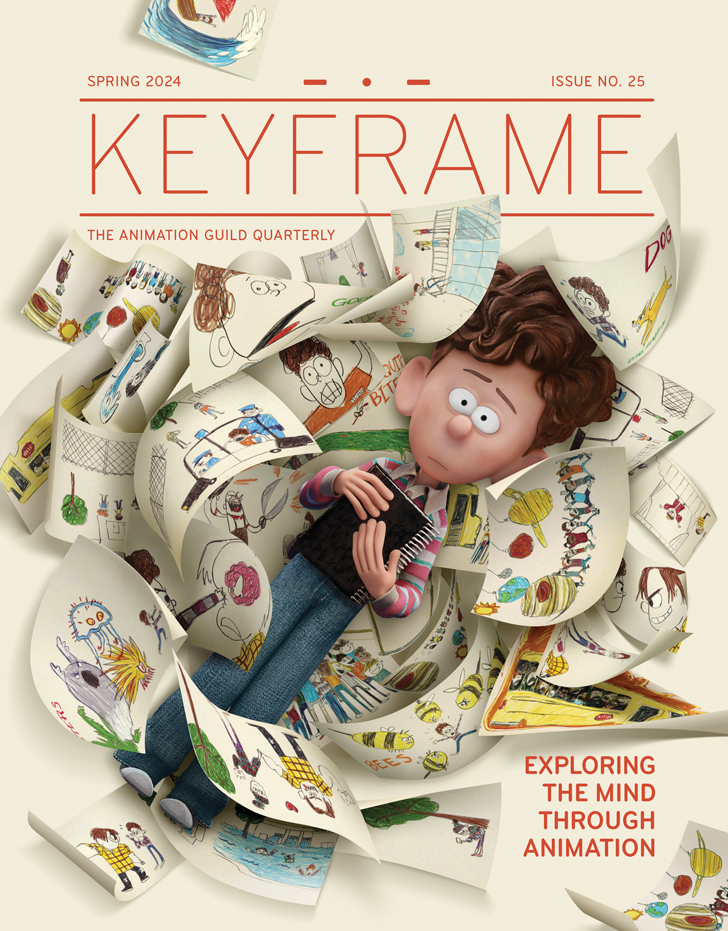
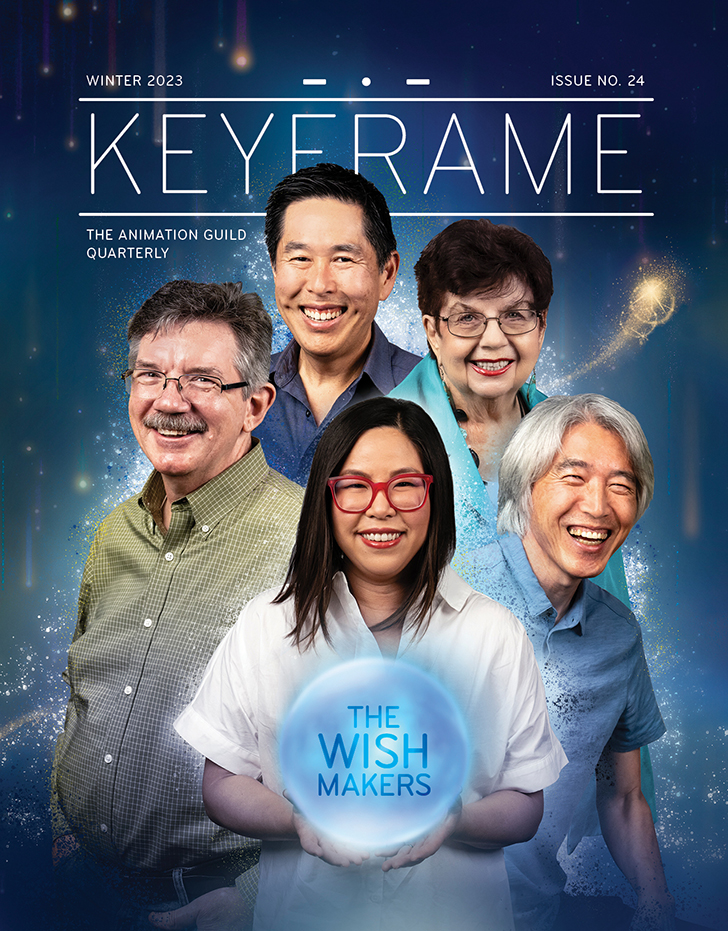
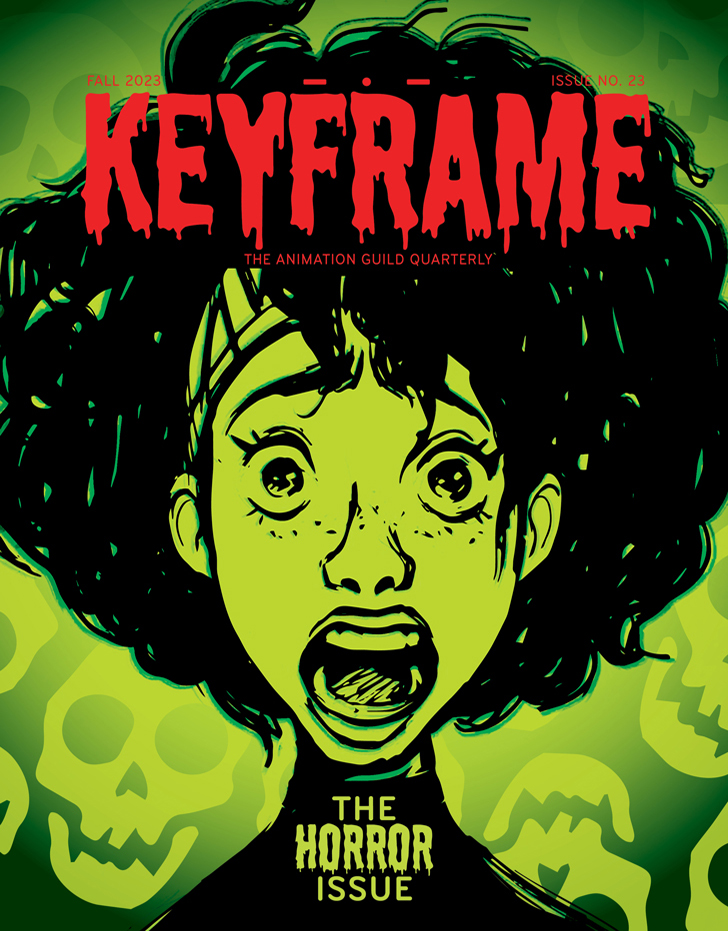
.png)